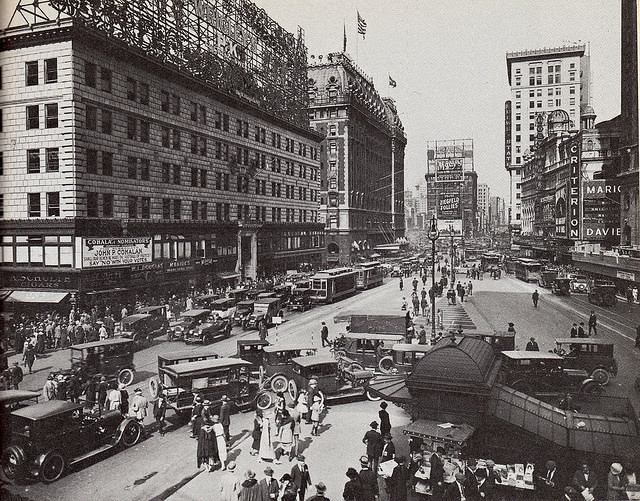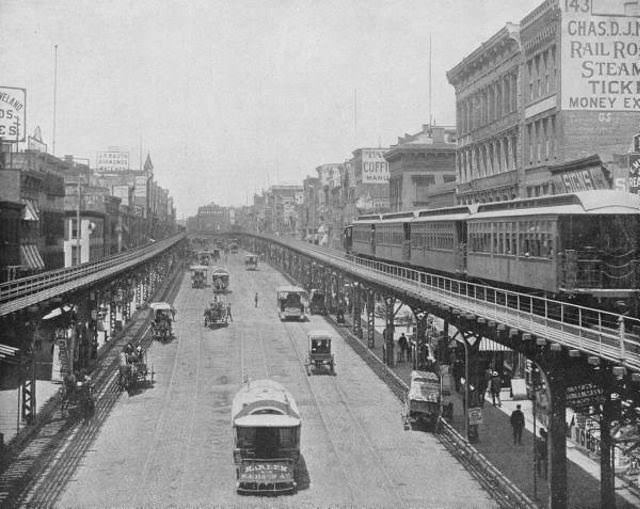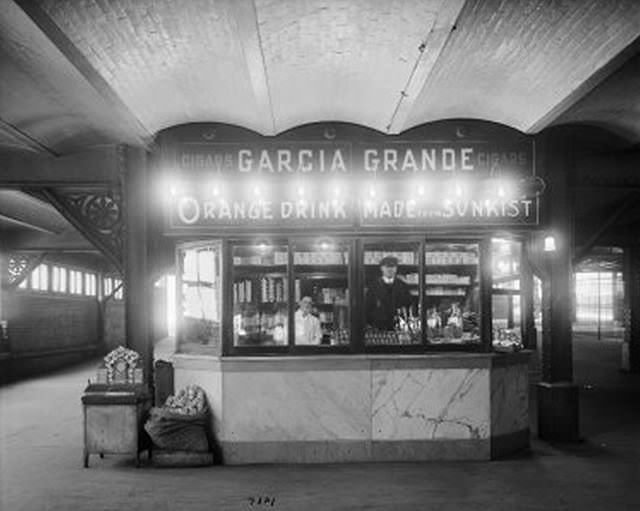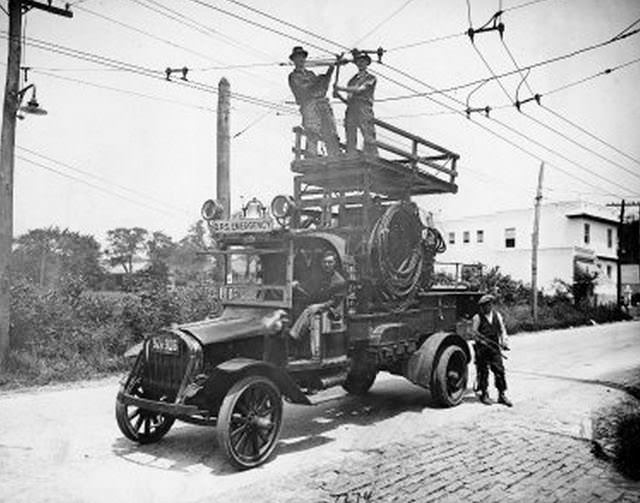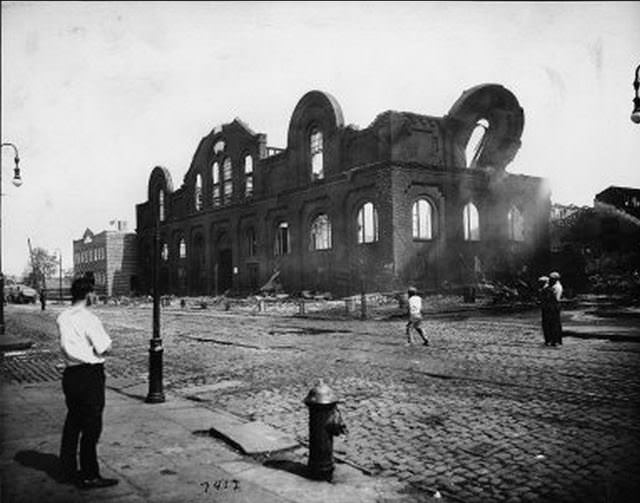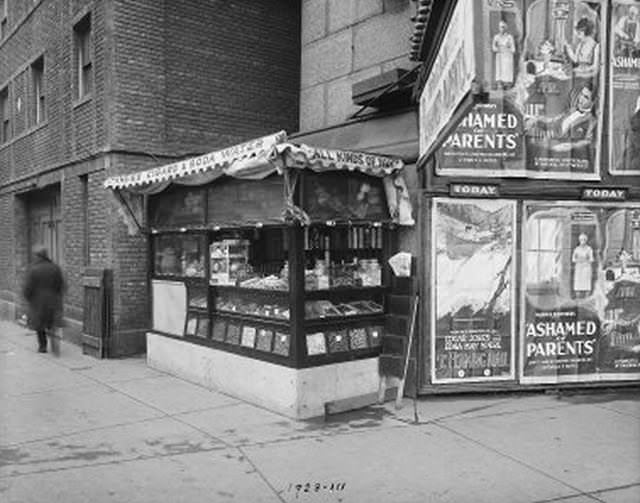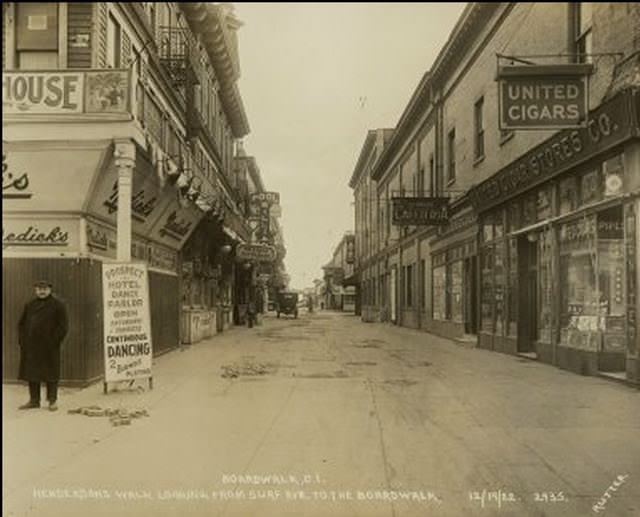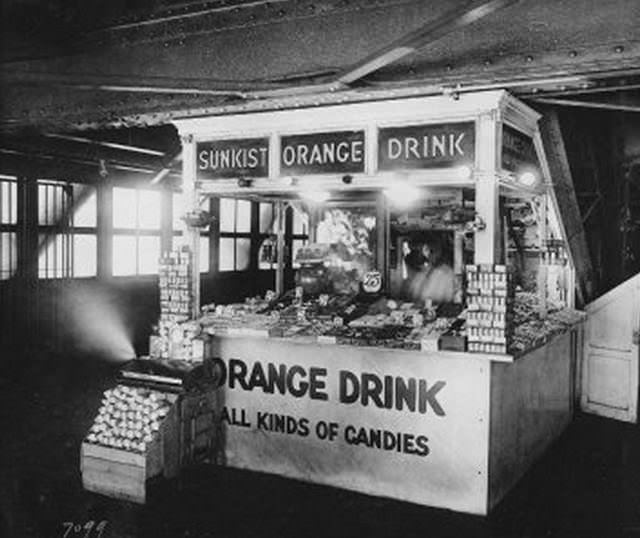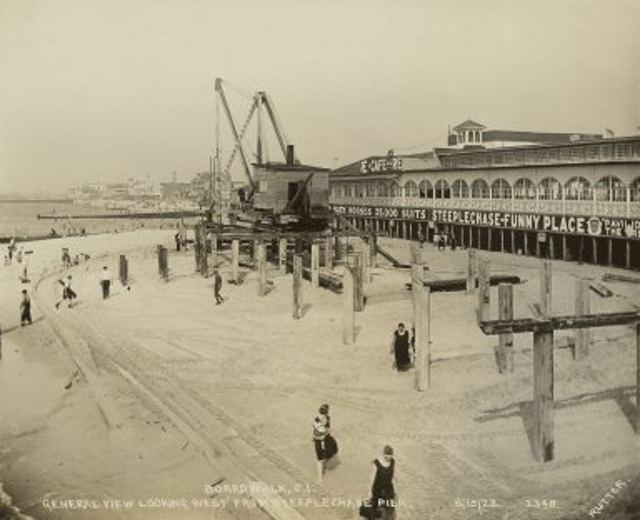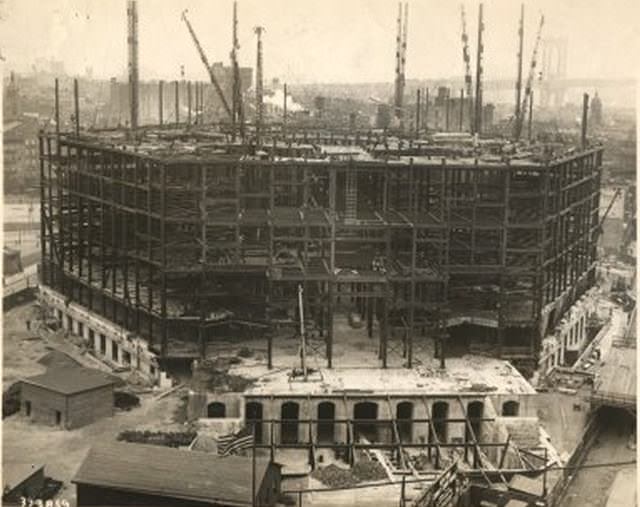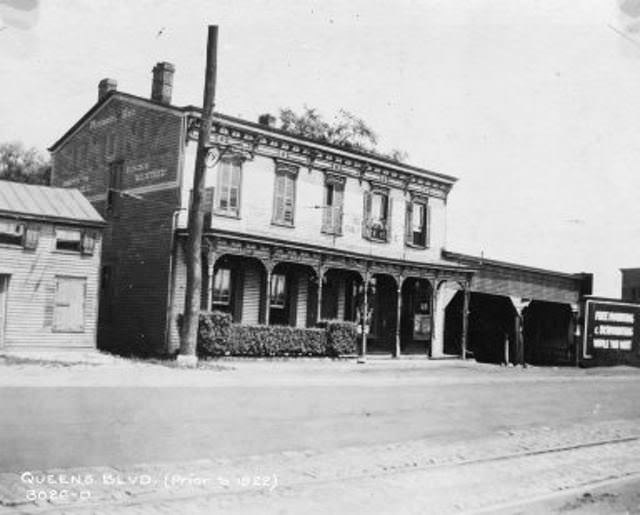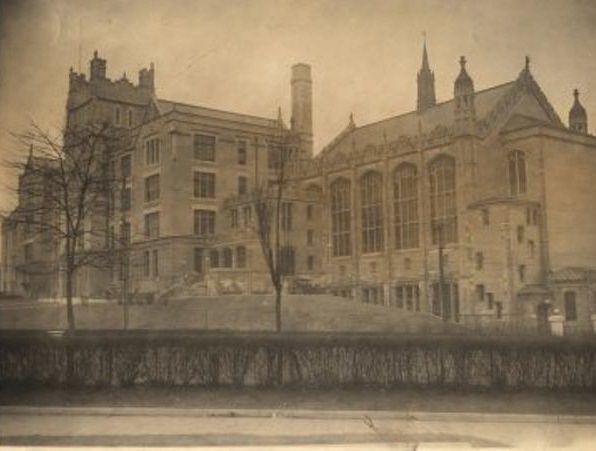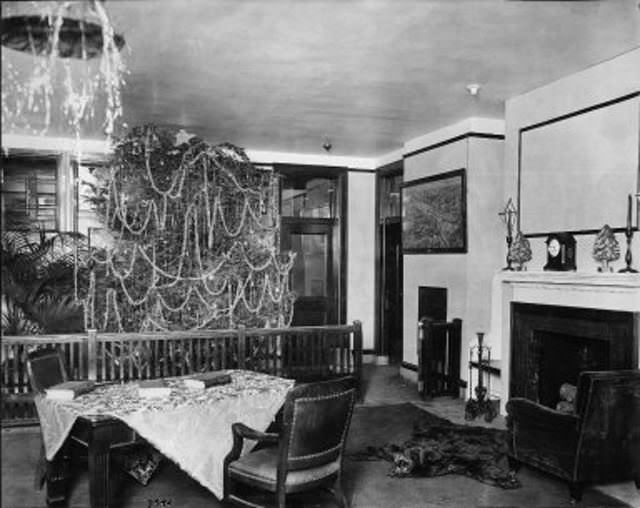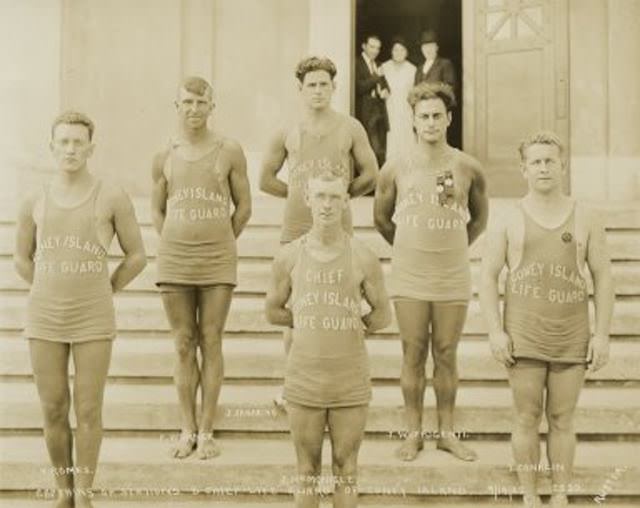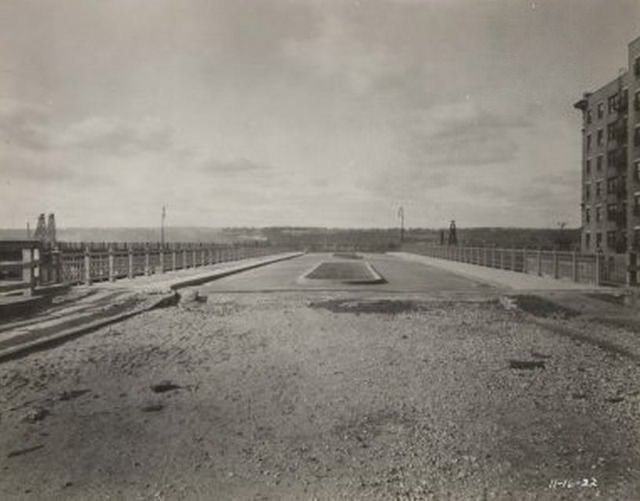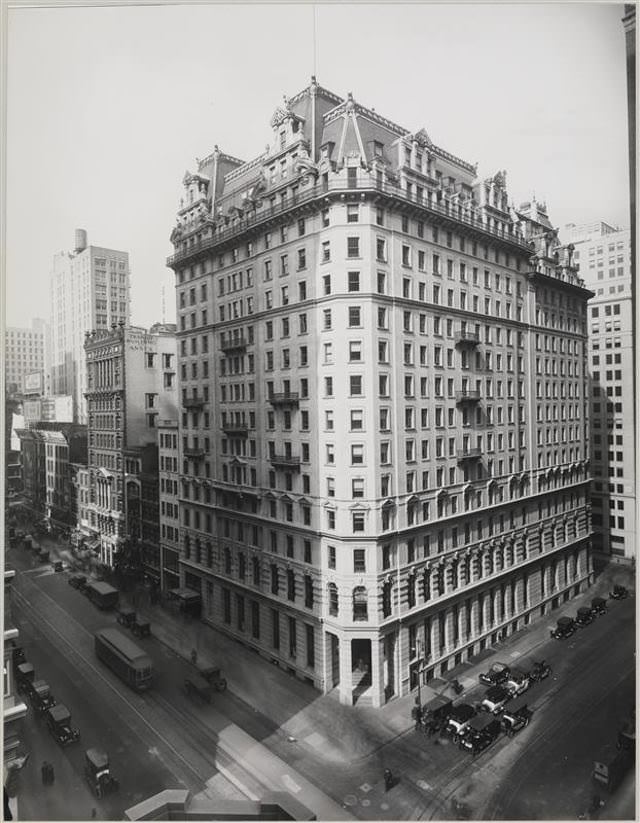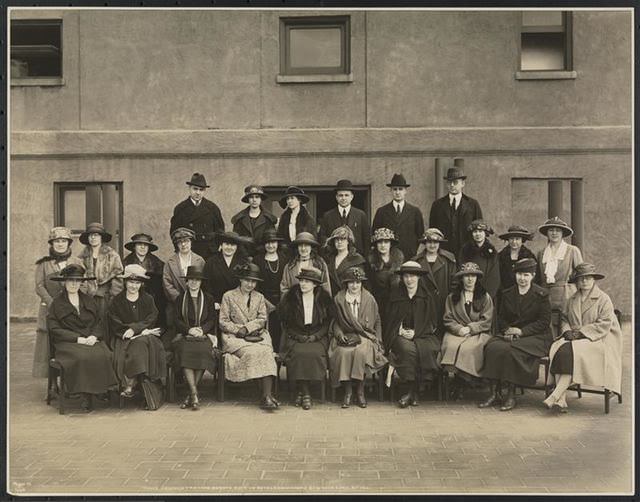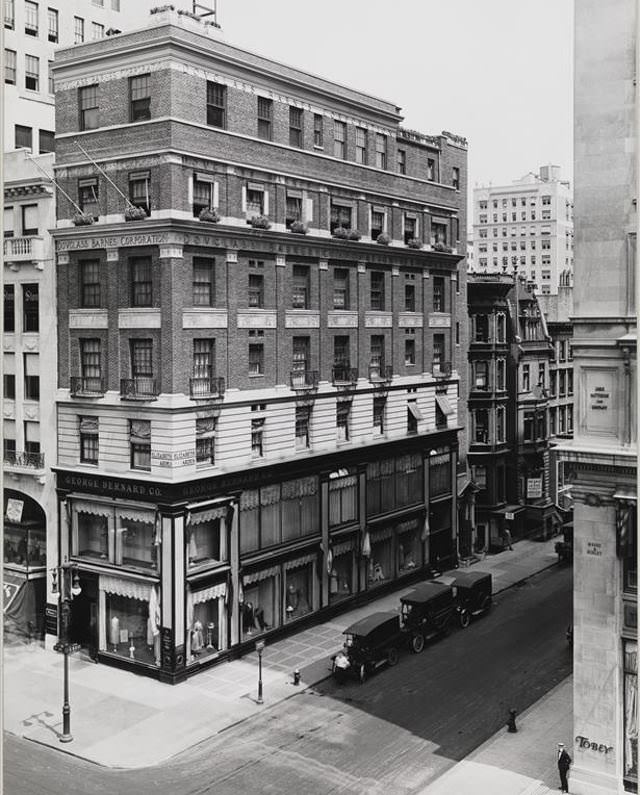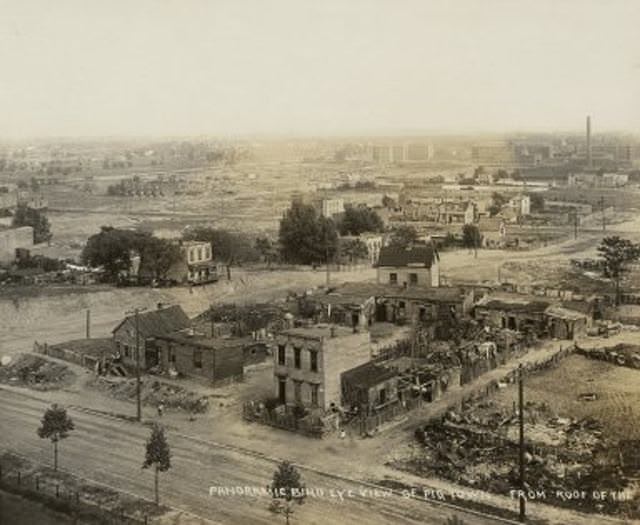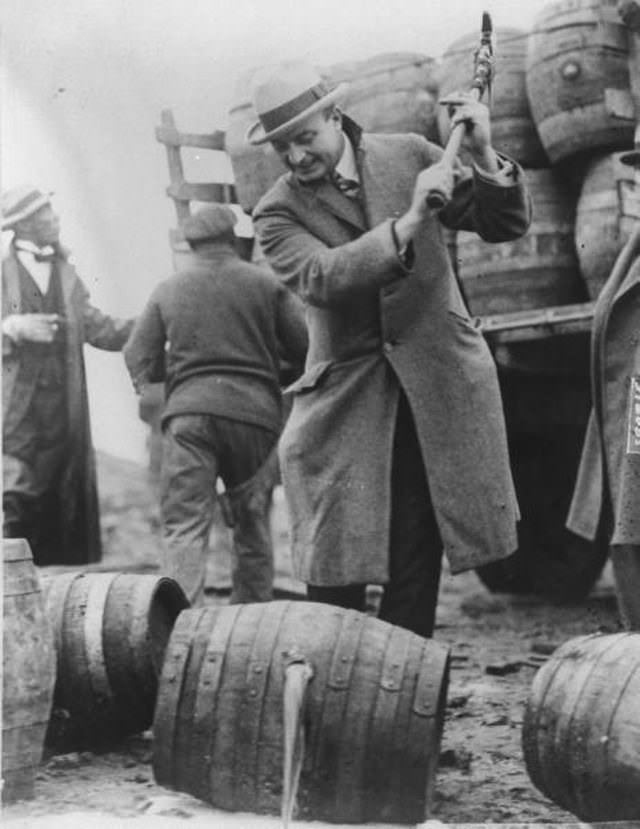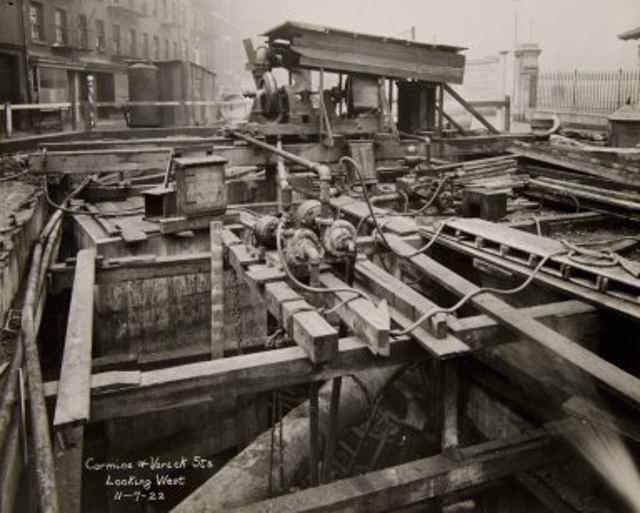New York City in 1922 was full of excitement and change. The Roaring Twenties were in full swing, and the city pulsated with a newfound energy. From the bustling streets of Manhattan to the burgeoning boroughs, life was a mix of glamour, grit, and the promise of a modern age. Let’s take a step back in time and explore the sights and sounds of New York City in 1922.
The city was a melting pot of cultures, with immigrants from all over the world arriving in search of opportunity. Ellis Island was a gateway for millions, and neighborhoods like Little Italy and Chinatown were thriving hubs of cultural exchange. This influx of new residents brought a vibrant mix of languages, cuisines, and traditions, shaping the city’s unique identity.
Skyscrapers were reshaping the skyline. The Woolworth Building, completed in 1913, still reigned supreme, but new towers were rising, pushing the boundaries of architecture and engineering. Grand Central Terminal, a masterpiece of Beaux-Arts design, had recently opened, becoming a symbol of the city’s ambition and progress.
Read more
Transportation was evolving. The subway system was expanding, connecting different parts of the city and enabling the rapid growth of the outer boroughs. Cars were becoming more common, though still a luxury for many. Horse-drawn carriages and trolleys still shared the streets, creating a fascinating juxtaposition of old and new.
Entertainment was booming. Broadway was the heart of the theater district, with dazzling musicals and plays attracting crowds from all over. Jazz music was gaining popularity, with legendary venues like the Cotton Club offering a taste of the city’s vibrant nightlife. Radio was a new and exciting medium, bringing news and entertainment into homes.
Fashion was changing. Women were embracing shorter hemlines and looser styles, reflecting a newfound sense of freedom and independence. The flapper look, with its bobbed hair and rebellious attitude, was emerging, challenging traditional norms and embracing the spirit of the Roaring Twenties.
Prohibition, the ban on alcohol, was in effect, but it didn’t stop New Yorkers from finding ways to enjoy a drink. Speakeasies, hidden bars operating illegally, were popping up all over the city, offering a taste of forbidden pleasures and a glimpse into the city’s underworld.
But life wasn’t all glitz and glamour. Poverty and inequality were still prevalent, and many New Yorkers struggled to make ends meet. Labor unrest was common, as workers fought for better wages and working conditions. The city was also grappling with issues of crime and corruption, a dark side to the Roaring Twenties.


